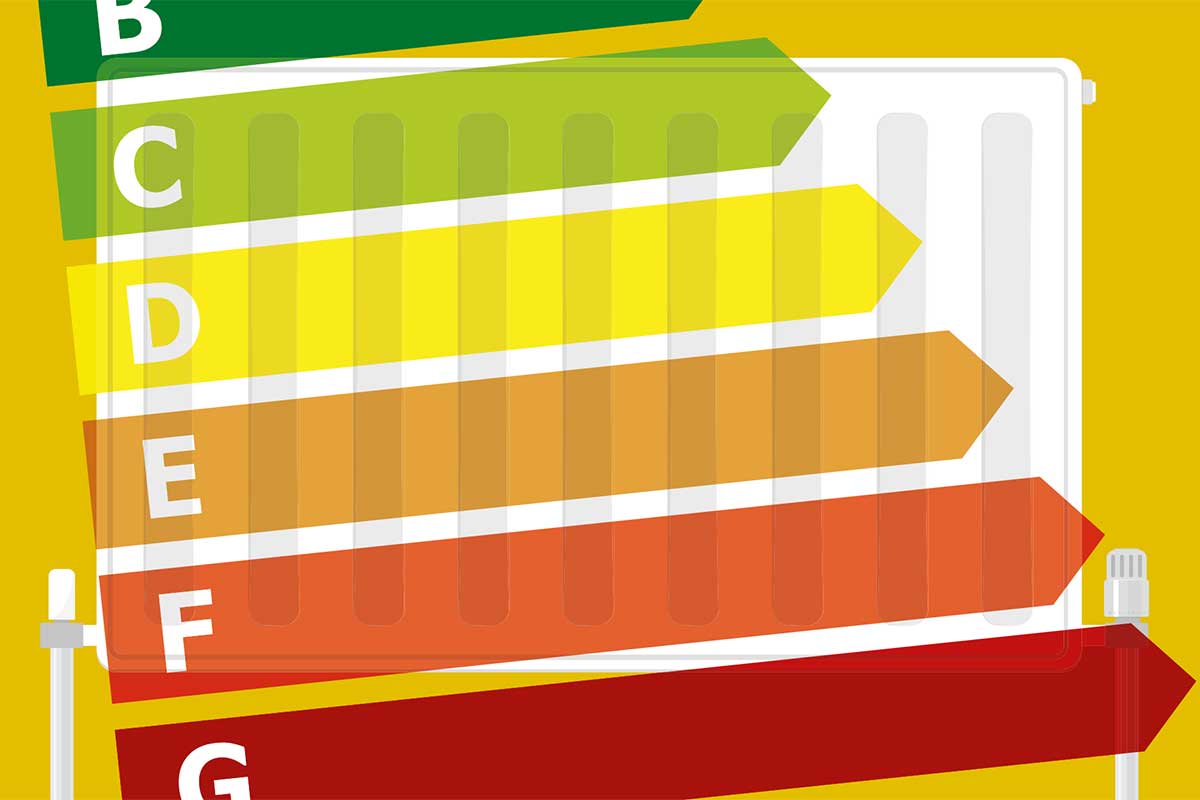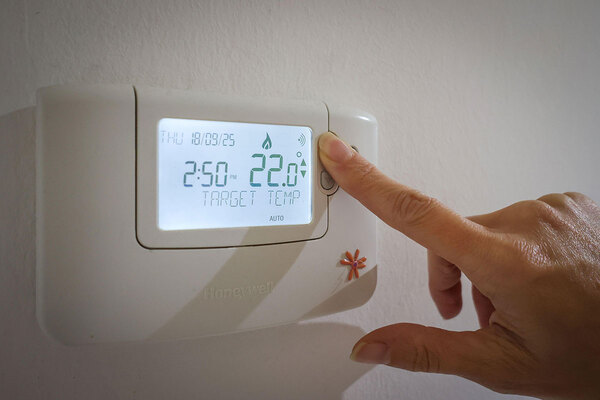Government announces funding to seven schemes under its Green Heat Network Fund
The UK’s first system drawing heat from deep underground to provide low-cost heating for nearly 4,000 homes is one of seven state-of-the-art heating systems that will receive a share of £91 million from the government’s Green Heat Network Fund.

The Langarth Deep Geothermal Heat Network will involve drilling to a depth of 5,275 meters to extract the heat from granite rocks beneath the United Downs Industrial Site in Cornwall.
Heat networks take heat found underground or use excess heat generated through manufacturing or waste management, and supply heating and hot water to homes and businesses through a connected network.
This allows them to ditch fossil-fuel burning gas and oil boilers, which helps cut costs and reduce carbon emissions.
Lord Callanan, Minister for Energy Efficiency and Green Finance, said:
"The UK is a world leader when it comes to reducing carbon emissions – but we must continue to push the boundaries to reach our net zero goal.
"These innovative projects will not only benefit the communities they serve, by reducing emissions and providing low-cost heating that helps to drive down energy bills, but also support the nation’s push for greater energy security and independence.
"They form part of our energy revolution – creating hundreds of new jobs for our ever-expanding green economy."
The Green Heat Network Fund (GHNF) is a £288 million scheme that opened in March 2022 to public, private and third sector applicants in England and is anticipated to run to 2025. It replaced the Heat Networks Investment Project (HNIP) scheme which closed for applications in January 2022.
In contrast to the HNIP scheme, the GHNF scheme will only fund heat network projects where there is a low-carbon heat source.
The funding aims to pave the way for low-carbon technologies – like air source heat pumps, which extract heat from the air, solar and geothermal energy – to be delivered at scale and established as a central source of energy in this country.
Ken Hunnisett, programme director for Triple Point Heat Networks Investment Management, delivery partner for the GHNF and HNIP, said:
"Continuing the legacy of the first GHNF projects to be announced in December, over £91 million more targeted support has been announced from the fund today to deliver low carbon heating across the country.
"From Cornwall to London, Reading to Rotherham, funding announced today will go far to help us reach our net zero ambitions and provide clean heating across residential and commercial buildings.
"We are excited to work with the teams in each of these locations to deliver these new heating infrastructure projects to help them deliver on their green goals and make a real difference to how we heat our buildings."
The full list of projects to receive support from the government’s Green Heat Networks Fund are:
- Bradford Energy Limited - £20 million to build an air source heat pump heat network, to supply businesses and other buildings in the city centre
- Cornwall Council - £22 million to develop the Langarth Deep Geothermal Heat Network – the first of its kind in the UK that will use geothermal energy from hot granite rocks beneath Cornwall to heat 3,800 local homes and public facilities in the region
- East Riding of Yorkshire Council - £12 million to create the new Goole District Energy Network, that will use waste heat from a manufacturing plant to power local homes and businesses, cutting the town’s carbon emissions by 322,000 tonnes over 40 years and creating 40 new skilled jobs
- Rotherham Energy Limited - £25 million to build a new Rotherham Energy Network to deliver a heating and hot water to 34 homes and businesses in the town centre
- Kirklees Council - £8.2 million to create the Huddersfield District Energy Network, that will provide low-carbon heat and electricity to public and private sector buildings in and around the centre of the town, helping the council reach its goal of net zero carbon emissions by 2038
- East London Energy - £1.76 million to expand the heat network to supply more homes in and around the Queen Elizabeth Olympic Park in Stratford
- University of Reading - £2.1 million to help decarbonise its Whiteknights Campus, currently powered by a combined heat and power led district heating network


